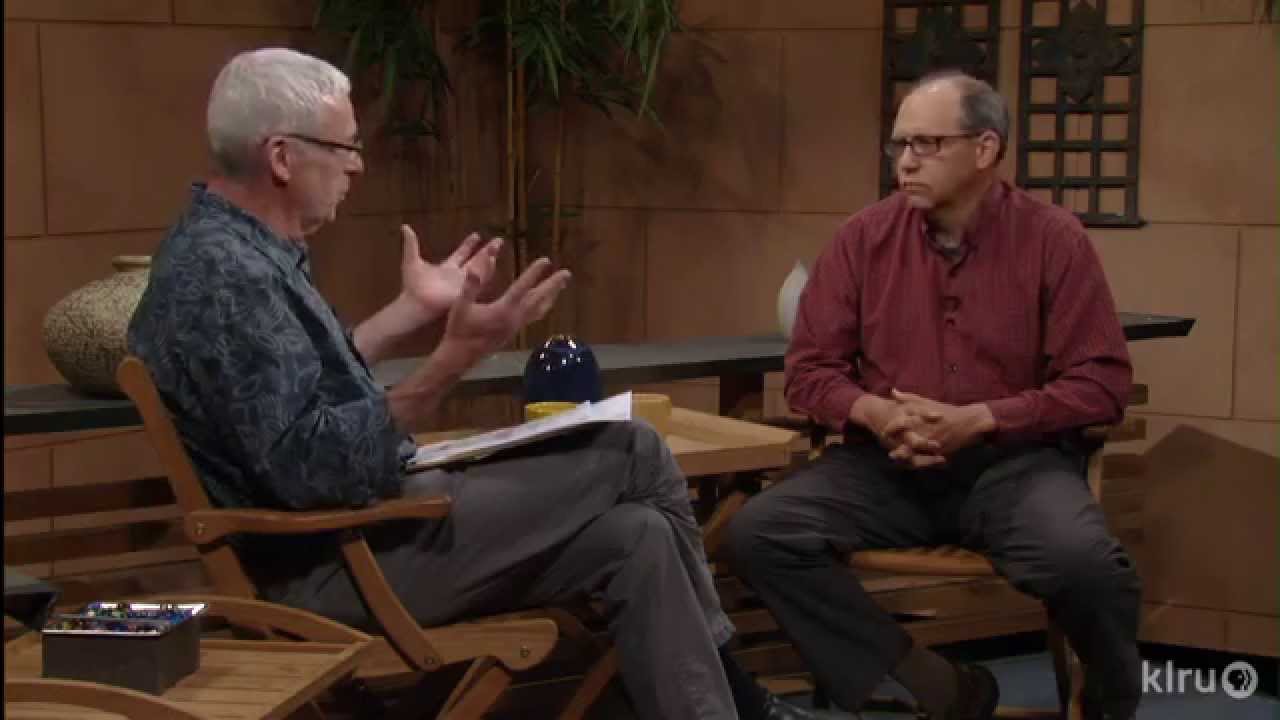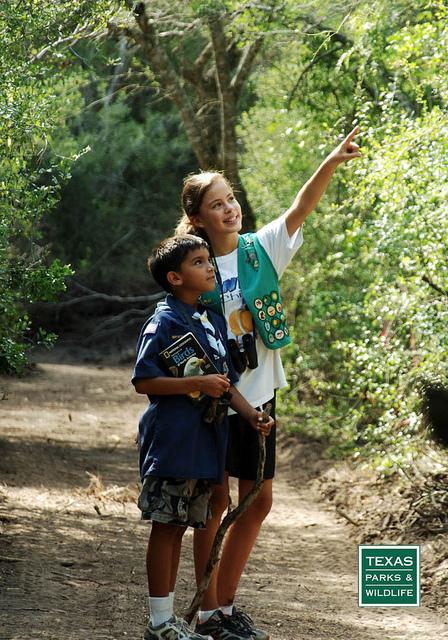Trail Riding
Friday, January 8th, 2016This is Passport to Texas
While driving is the way most folks enter a state park… Barbara McKnight says once inside… you can see more of the natural beauty of your surroundings… on hay power.
Something about riding a horse…looking at things is so much better. You’re more likely to see wildlife. We see bobcats and other things that will hear the engine of a car or smell it and they’ll leave.
As a member of the Texas Equestrian Trail Riders Association, she says state parks offer the perfect opportunity for exploring while on a horse. But before you hit the trail, there are a few safety precautions you need to be aware of…
The horse you want for trail riding needs to be completely unflappable, things shouldn’t scare it. It should be brave about walking up a hill, through water and over bridges. And the main thing you need to be sure and understand that horse and know how to control it.
Find a list of state parks with equestrian facilities on the Texas Parks and Wildlife web site.
We record our series in Austin at the Block House. Joel Block engineers our program.
That’s our show for today… For Texas Parks and Wildlife, I’m Cecilia Nasti.






 Passport to Texas is a
Passport to Texas is a  Passport to Texas is made available by:
Passport to Texas is made available by: